Exploring the Rich History and Delightful Journey of Cacao Paste

Embarking on a journey through the captivating world of cacao paste is like unraveling the history of an ancient treasure. From the lush rainforests of Central and South America to the modern chocolate-making processes, cacao paste has played a pivotal role in shaping cultures, economies, and palates around the globe. This blog invites you to delve into the fascinating story of cacao paste, tracing its origins, its transformation into delectable treats, and its significance in both culinary and cultural contexts.
The Origins of Cacao: A Glimpse into Ancient Civilizations
Cacao, or Theobroma cacao, holds its roots deep within the rich tapestry of ancient Mesoamerican cultures. Indigenous civilizations such as the Maya and the Aztecs revered cacao as a sacred gift from the gods. Cacao beans were so highly prized that they were used as currency and offered during important rituals.
Cacao Paste: The Precursor to Chocolate
The journey of cacao paste begins with the extraction of cacao beans from their pods. These beans are then fermented, dried, roasted, and cracked to reveal cacao nibs. These nibs are ground into a thick, luscious substance known as cacao paste or cacao liquor. It's important to note that cacao paste is distinct from the more familiar term "chocolate." While chocolate is created by combining cacao paste with additional ingredients such as sugar and milk, cacao paste itself remains unadulterated, capturing the pure essence of the cacao bean.
The Culinary and Cultural Significance
-
Ancient Elixirs and Modern Delights: In ancient times, cacao paste was transformed into a bitter beverage often spiked with spices or honey. Today, this tradition lives on in the form of gourmet chocolate and artisanal cocoa products. From velvety dark chocolates to silky hot cocoa, cacao paste contributes to a wide array of culinary delights.
-
Cultural Connections: As cacao spread through trade routes and colonization, it influenced a myriad of cultures. From the elaborate chocolate ceremonies of the Aztecs to the European chocolate houses of the 17th century, cacao paste has been a bridge connecting diverse societies and creating a shared love for its indulgent flavors.
-
Health and Well-being: Cacao paste boasts a wealth of nutritional benefits. Packed with antioxidants, minerals, and even mood-enhancing compounds, it has been hailed for its potential to boost physical and emotional well-being. Modern research continues to uncover the positive impacts of cacao paste on heart health, cognitive function, and even skin radiance.
Crafting Cacao Paste: From Bean to Paste
The transformation of cacao beans into cacao paste is an intricate process that demands expertise and care. The steps involve cleaning, roasting, winnowing (removing the outer husks), grinding, and conching (refining and smoothing the paste). This meticulous craftsmanship ensures that the resulting cacao paste retains its natural flavors and aromas, creating a foundation for exceptional chocolate creations.
The Sustainable Cacao Movement
As the world becomes increasingly conscious of sustainability, the cacao industry is also evolving. Efforts are being made to promote ethical sourcing, fair labor practices, and environmental preservation within cacao-growing regions. By supporting these initiatives, consumers contribute to the preservation of cacao's legacy for generations to come.
From the sacred ceremonies of ancient civilizations to the sophisticated chocolates of today, cacao paste has woven an intricate narrative of cultural exchange, culinary artistry, and sensory pleasure. Its journey from bean to paste is a testament to human ingenuity and dedication, encapsulating the essence of history, culture, and craftsmanship. As you indulge in your next piece of exquisite chocolate, take a moment to appreciate the centuries of tradition and innovation that have shaped this delectable treat.
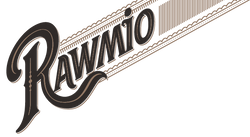

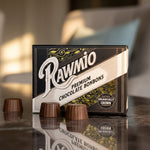
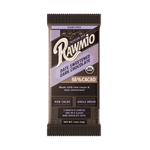
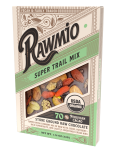
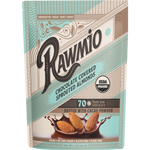
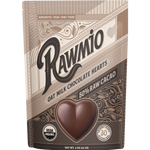

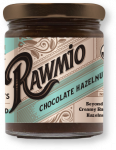
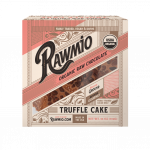
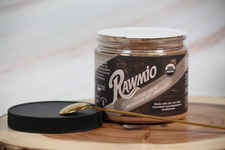
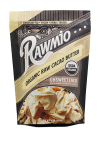
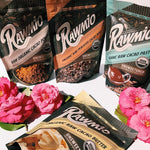
Leave a comment